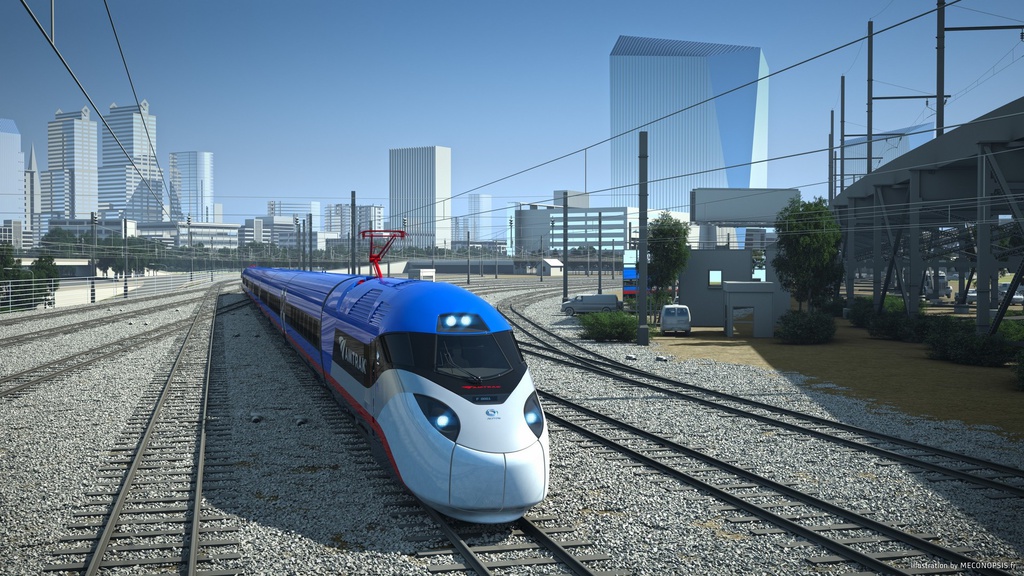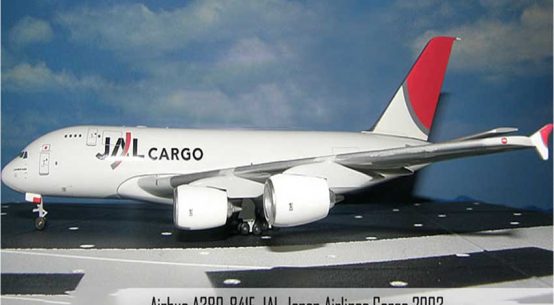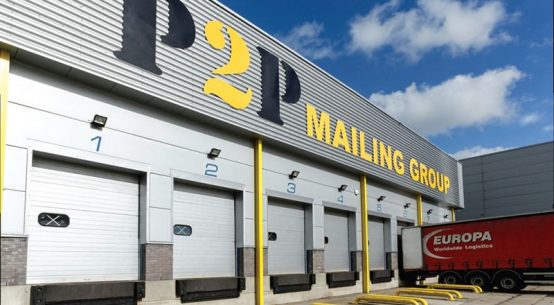

The African trade growth is inhibited by a handful of known factors including trade route connectivity. Inefficient rail infrastructure inhibits trade within the African continent and contribute to the struggling intra-African trade growth.
At the just concluded two-day Africa Rail conference held in Sandton, South Africa, Sabiu Zakari, permanent secretary, Ministry of Transport, Abuja, said the rail system of transportation, synergised with all forms of transportation, could play a strategic role, as it was a more efficient, effective, safer and cheaper mode of transport, had the capacity to carry both heavy cargo and mass volumes of passengers and was a more environment-friendly mode than road transport, indicating that the lack of rail options could implode major cities.
He lamented that increasing pressure is placed on overloaded cities, where exponential population growth, owing to migration and high fertility rates, over the past decade, is placing significant strain on infrastructure.
“In Africa and other developing nations, where there is little or no rural development, cities become the target for the population,” he said, citing the dramatic growth in numbers across major cities of the continent.
By comparison, African countries’ own trade with each other was well below that of other developing regions and was costing more.
Statistics has shown that intra-African trade costs are 50% higher than trade among countries in East Asia and other developing regions, resulting in Africa integrating with the rest of the world at a faster pace than its own regional integration.
To the continent’s detriment, road transport in Africa, despite being more expensive, is faster than rail in Africa, leaving companies and citizens more prone to using road transport, said Namibia Works and Transport Deputy Minister James Sankwasa.
While reliable cross-border trade is a critical precondition for unlocking private sector investment in intra-Africa trade, “hostile” development challenges currently faced included limited public resources, high costs and low private sector investment.
On his part, George Magai, trade and market director, Common Market for Eastern and Southern Africa-Alliance for Commodity Trade in East and Southern Africa said, “This high cost of trade is associated with the high cost of moving goods. Transportation and logistics account for 30% to 100% of costs. There is a need to chart a new path and get the change needed. Magai added, pointing to the disjointed and disconnected rail landscape.
The continent faces a vicious cycle of private-sector underinvestment in infrastructure and procurement that leads to pressure on the public sector to continue intervening in the market, and by not developing rail, we are not helping ourselves at all,” he said.
In Johannesburg, the population grew from 9.3-million in 2001 to 13.4-million in 2016, while during the same period; Lagos experienced an influx of new inhabitants reaching 21-million from 11.2-million 15 years earlier.
Similar trends had been seen in Cairo, in Egypt, Luanda, in Angola, and Casablanca, in Morocco, besides others.
Government’s failure to plan for this presented serious economic and social tension risks, adding further pressure to housing and traffic congestion, along with basic services and infrastructure, Zakari said.
“It is a critical time,” he concluded, noting that adapting to the increasing numbers had become one of the greatest challenges faced by the continent, particularly with the population explosion increasingly meaning transportation was an essential service.








